This Week’s Finds in Mathematical Physics (Week 281)
Posted by John Baez
In week281 of This Week’s Finds, learn about the newly discovered ring of Saturn — the Phoebe ring — and how it explains the mystery of Iapetus.
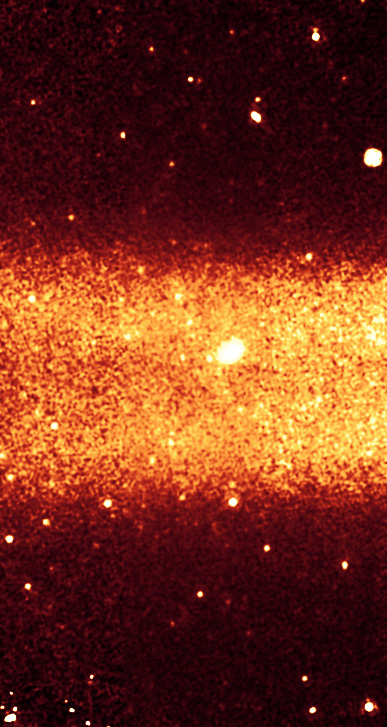
See Egan’s new applet that produces ever-expanding tilings with 10-fold quasisymmetry. Delve deeper into the history of these tilings, which date back to the Timurid dynasty. Go back all the way to the Topkapi Scroll… then go modern and check out tiling patterns in spherical and hyperbolic geometry. Finally, hear about strings in 4d BF theory, and spin foam models based on the representation theory of 2-groups.
It’s worth seeing this nice and big:

I’ve given up asking questions here because people don’t answer them very often. But here’s one. In this picture of the dark stuff on Iapetus, is the dark stuff really all on hilltops? And if so, why?
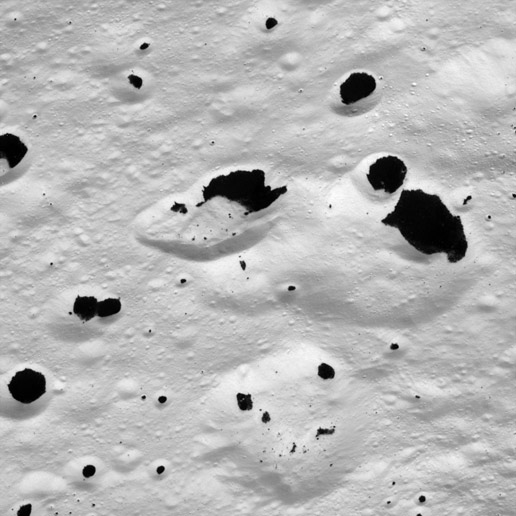
Are the hills made of dark stuff, with the ice only melting to reveal it near the top? Or did dark stuff land only on hilltops for some reason? The second alternative seems implausible… but both alternatives seem to go against this information from the Wikipedia article:
There is dark material filling in low-lying regions, and light material on the pole-facing slopes of craters, but no shades of grey. The material is a very thin layer, only a few tens of centimeters (approx. one foot) thick at least in some areas, according to Cassini radar imaging and the fact that very small meteor impacts have punched through to the ice underneath.

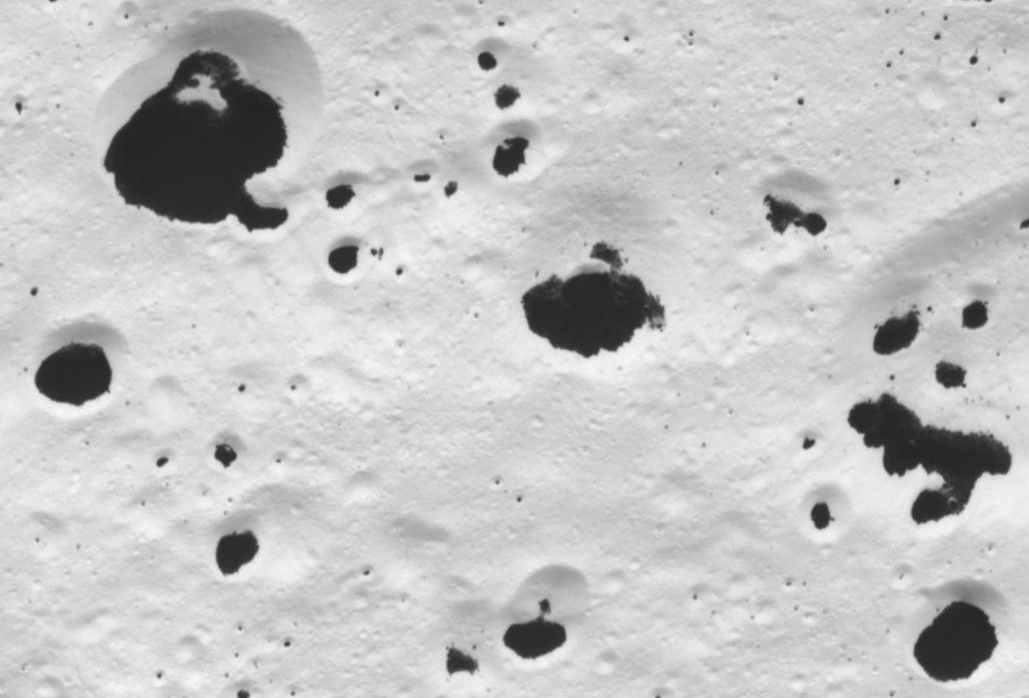
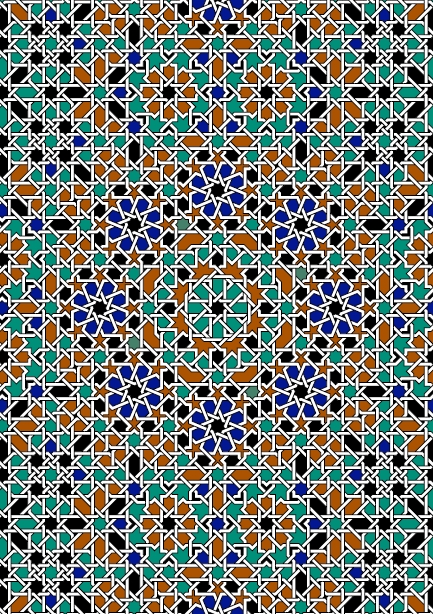


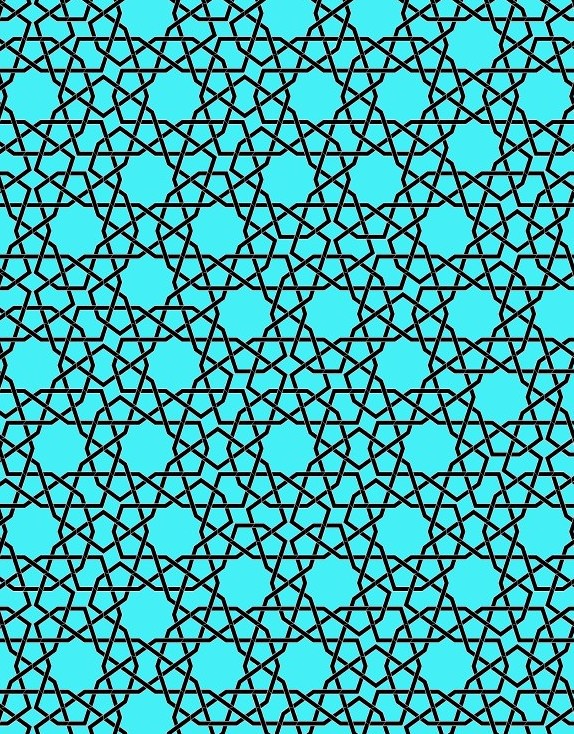
Re: This Week’s Finds in Mathematical Physics (Week 281)
Maybe the picture is an optical illusion, and the parts that appear high up are really the parts that are low down?